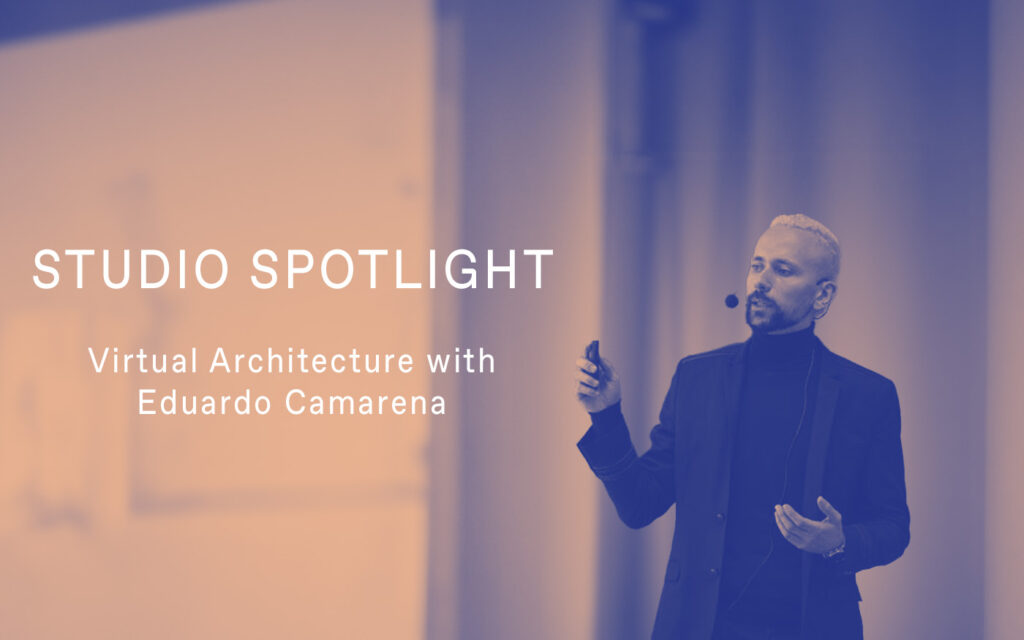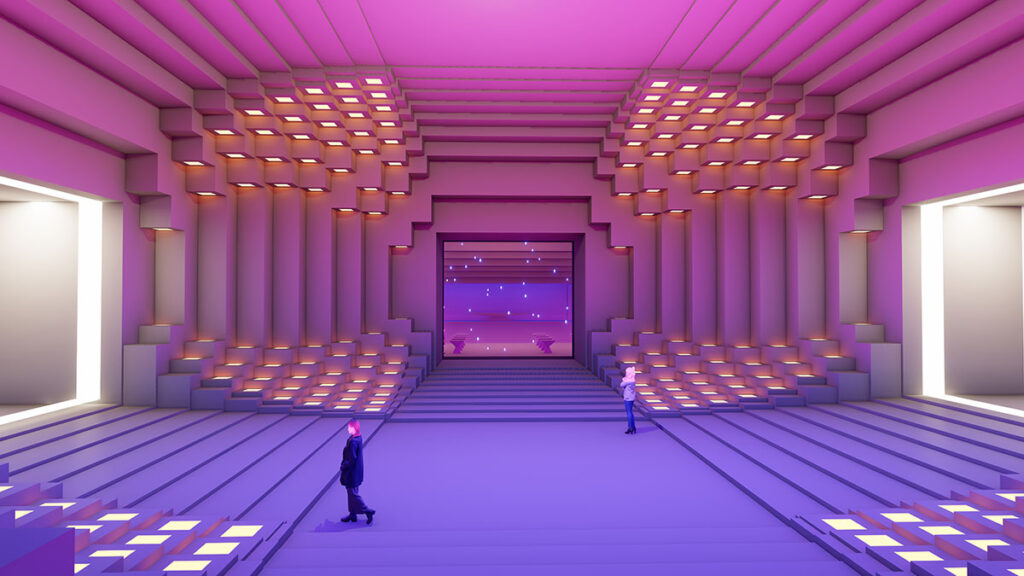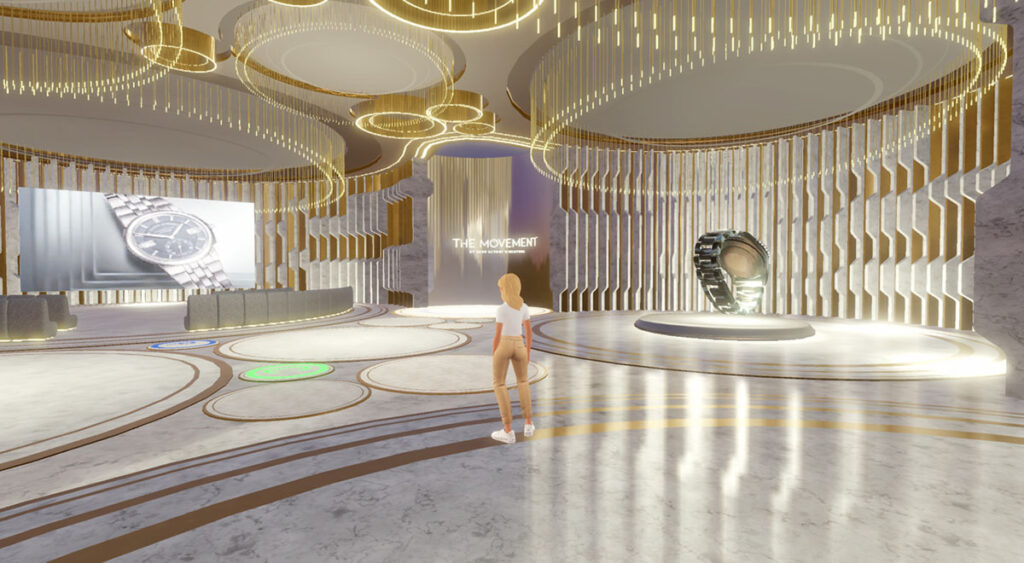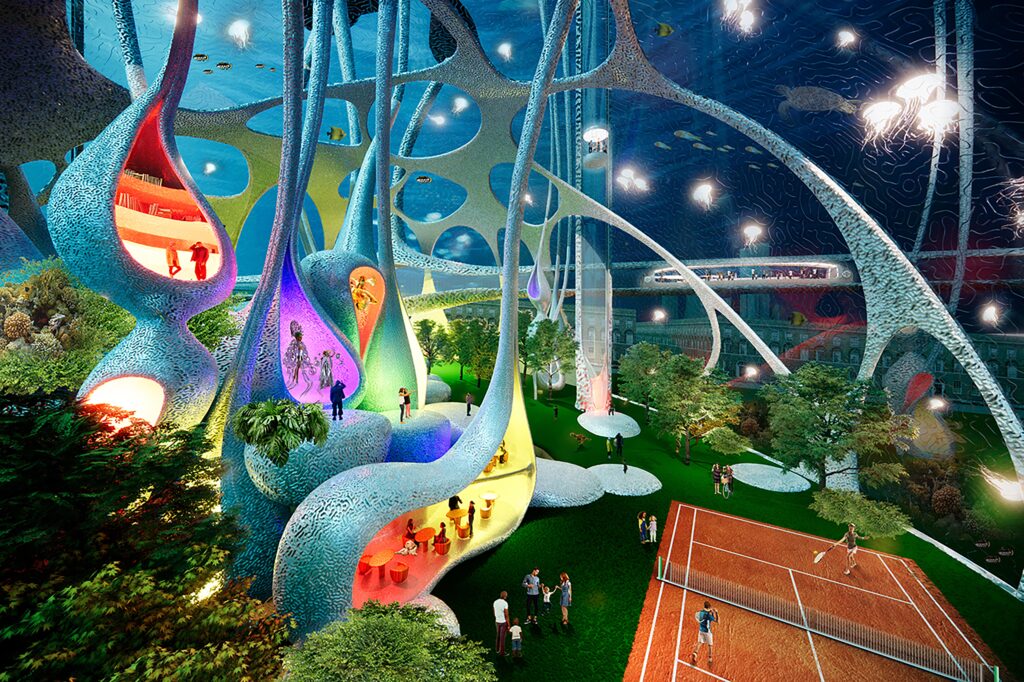
Eduardo is an architect at DaeWha Kang Design and is responsible for spearheading several virtual architecture projects at the office. In this interview, we asked Eduardo how he became involved in virtual projects, the challenges and triumphs of crafting immersive digital experiences, and the evolution of our firm's approach to virtual and physical projects.
I used to play lots of video games as a kid. I was always fascinated by the worlds that I could explore and discover. Part of this interest led me to study architecture; in a way, the fascination with imaginary worlds came before my interest in the built environment. With time, they became intertwined.

I would say that in “The Movement”, we certainly pushed the possibilities of the Metaverse further. In this collaboration with the luxury lifestyle magazine “Robb Report”, the brief was to create a digital club for watch collectors. Making the most out of the theme, we created a space where circular geometries were continuously moving like the interior of a watch. Walls, floors, and ceilings could rotate and move like a mechanism to generate different spatial configurations and enhance different functions. It was quite interesting testing movement in ways that would be impossible in real life (or very expensive!)
Logically, this was technically challenging and required us to upgrade our skills. However, the result was stunning, and the clients were very happy.

The first part, “the modelling”, can still be done in Rhino or (preferably) Maya; what happens next has been the real leap. We have learned game engines, such as Unity and Unreal, from scratch. One of the main challenges leading the development of digital experiences at the office was that inside my team, there was no one to ask! I was learning from information on YouTube and online forums and asking my partner, who works in the gaming industry. Our office resourcing had to consider the time devoted to learning and testing, which could take up much of the day, particularly during the first weeks. Balancing this time with achieving results that would impress the client was stressful and challenging but also very rewarding. I have a great sense of accomplishment about having been able to upgrade my skills in this sector and achieve such good results.

Virtual projects make you focus on the human experience. When you test them during the design process, you not only review them as 3D models, but you also walk through them and “experience them”. After getting used to this workflow, my view when designing physical spaces has changed, as my focus turned to crafting the human perception of the space.

I see what we call “virtual architecture” or “metaverse” evolving in 3 ways. On one hand, we have the increasingly popular world of digital twins: simulations of real environments or designs that will be built in the real world. Then, we have the fledgling industry of Metaverse projects, meant mainly for social interaction, that are moving increasingly towards gamification. Thirdly, we have gaming universes like Fortnite, which are incorporating more and more elements of real economy, social interaction, etc, (this last group is the most relevant in terms of impact and number of users)
"...we are still facing the problem of interoperability: how assets purchased in one universe can be used in another or how our digital self, our avatar, can seamlessly walk through the different platforms."
As each of these three strands starts to converge, we are still facing the problem of interoperability: how assets purchased in one universe can be used in another or how our digital self, our avatar, can seamlessly walk through the different platforms. I feel that, at the moment, this is one of the main challenges the metaverse as a concept is facing. It took some time to create common standards for the World Wide Web, and I feel we are in a similar situation with the metaverse. Once we agree on standards, payment systems, ownership systems, and interoperability of assets and avatars, we will achieve this continuous, parallel digital reality that the metaverse wants to be.
In parallel, I am quite intrigued by the future market penetration of some new XR devices being developed. For instance, if the Apple glasses are commercially successful, other companies might push the development of similar products as well (like it happened with the iPhone), which could push forward the use of VR by the mainstream public. This might as well boost metaverse-related applications, as the overall number of users might increase substantially.
Do reach out if you have any interesting virtual projects you'd like to share with us. We can be reached on LinkedIn, Instagram, and email.